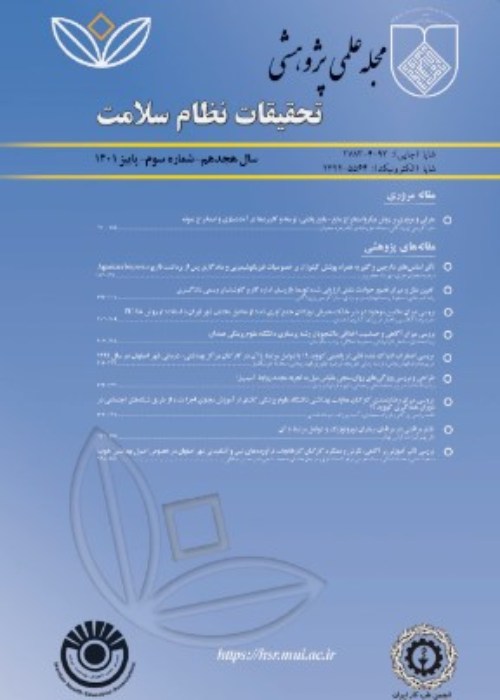Comparison of Horizontal and Vertical Constructed Wetlands with Coagulation-Flocculation-Filtration Unit Efficiencies in the Polishing of Industrial Wastewater Effluent: A Case Study of Mourchekhort Industrial Estate Wastewater Treatment Plant
Industrial wastewater treatment has always been difficult and costly due to the presence of different and high concentrated pollutants. The use of constructed wetlands is economical due to the need to use no external energy sources and materials and equipment to reduce pollutants. The aim of this study was to determine the efficiency of horizontal and vertical subsurface wetlands in the removal of pollutants from the wastewater of the Mourchekhort Industrial Estate and its comparison with performance of the conventional coagulation-flocculation-filtration unit of reuse process.
Two horizontal and vertical wetlands in pilot scale and two control (no plant) reactors were operated for eight months. Removal efficiency of TSS, COD, turbidity, phosphorous and nitrogen compounds and index bacteria were evaluated. Horizontal wetlands with dimensions of 0.8 × 0.65 × 2 m and floor slope of 1% were considered. HRT equal to 6 days and incoming sewage flow rate set to 0.2 m3/d. Vertical subsurface reed had dimensions of 0.4 × 0.60 × 2 m and floor slope was equal to 1%. The control pilot (no plant) was designed exactly the same as the horizontal and vertical tests. The results were compared with coagulation-flocculation-filtration process.
The efficiency of vertical wetland in removal of TSS, COD, turbidity, phosphorus and nitrogen compounds and index bacteria were: 58.1, 62.4, 73.4, 20.41, 21.34, 40.51%; for horizontal wetland 57, 52.59, 70.3, 22.41, 18.22, 39.08%; and for conventional treatment process 85.34, 69.7, 81.55, 69.23, 73.95 and 78.2%, respectively.
Although vertical wetland was more efficient than horizontal one for most of the operation parameters, both of these wetlands were less efficient than conventional coagulation-flocculation-filtration unit of reuse process. Although operating costs of wetlands are low, these systems alone cannot be considered as a substitute for the conventional process because of their low performance for the purpose of polishing.
- حق عضویت دریافتی صرف حمایت از نشریات عضو و نگهداری، تکمیل و توسعه مگیران میشود.
- پرداخت حق اشتراک و دانلود مقالات اجازه بازنشر آن در سایر رسانههای چاپی و دیجیتال را به کاربر نمیدهد.



